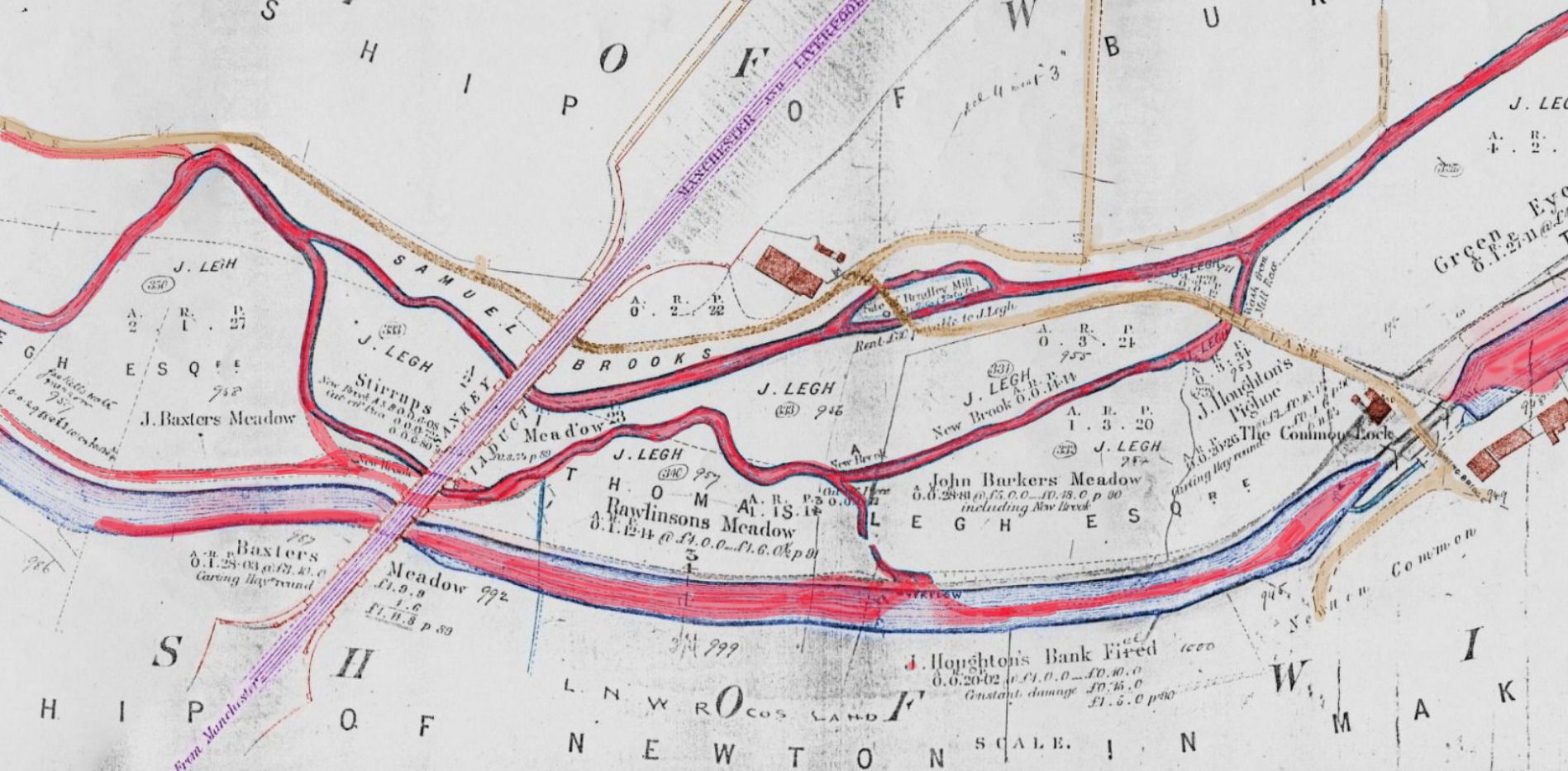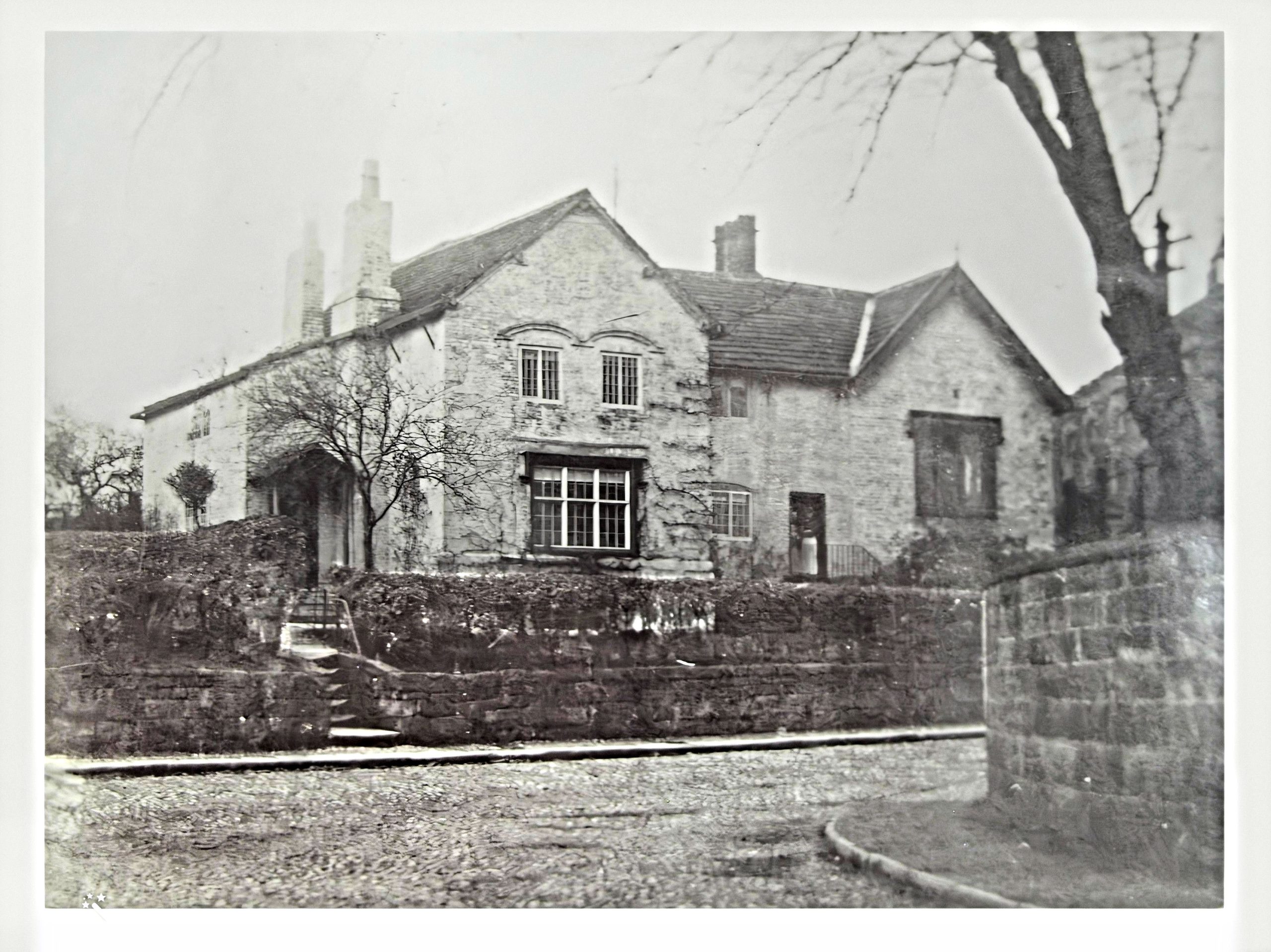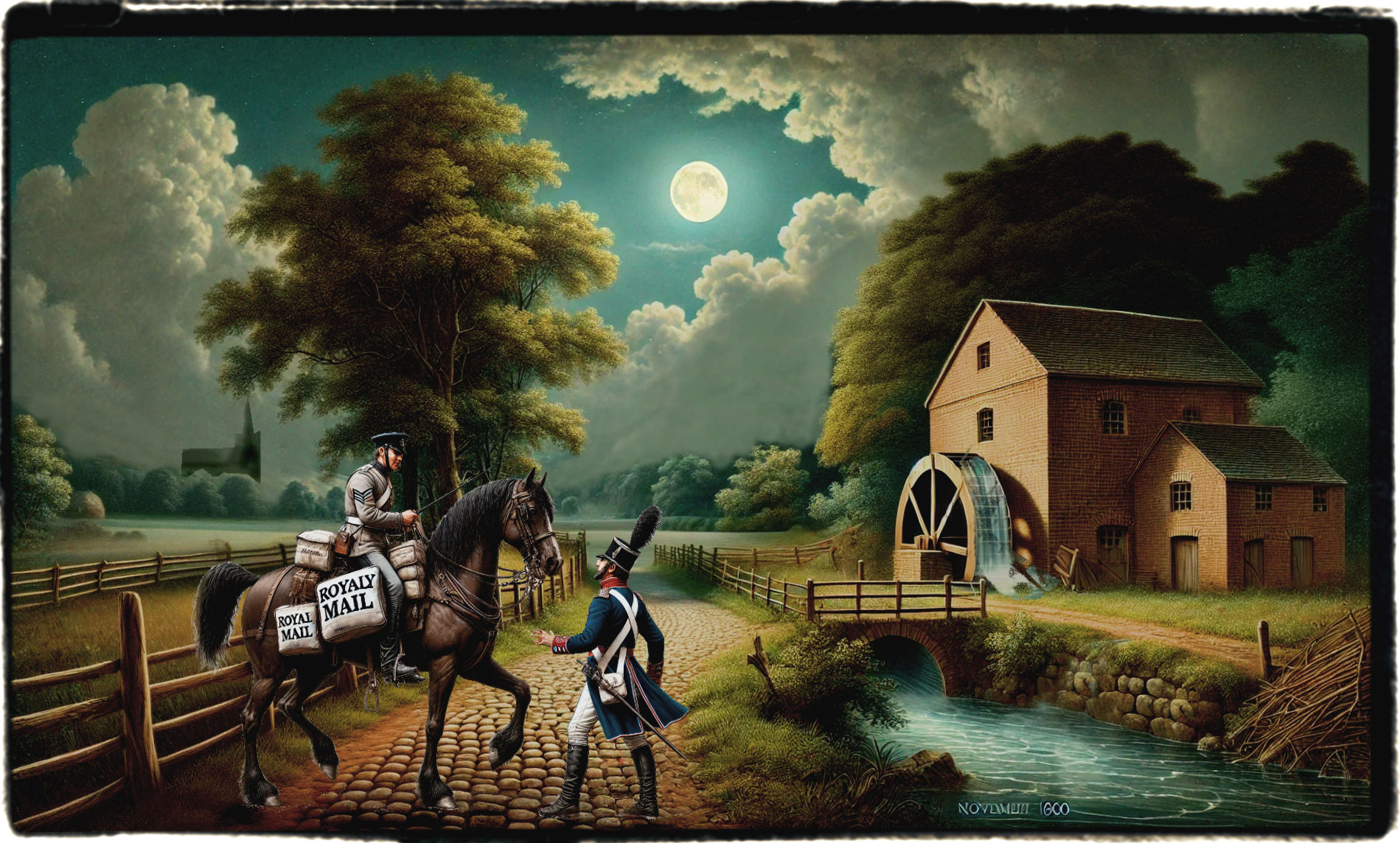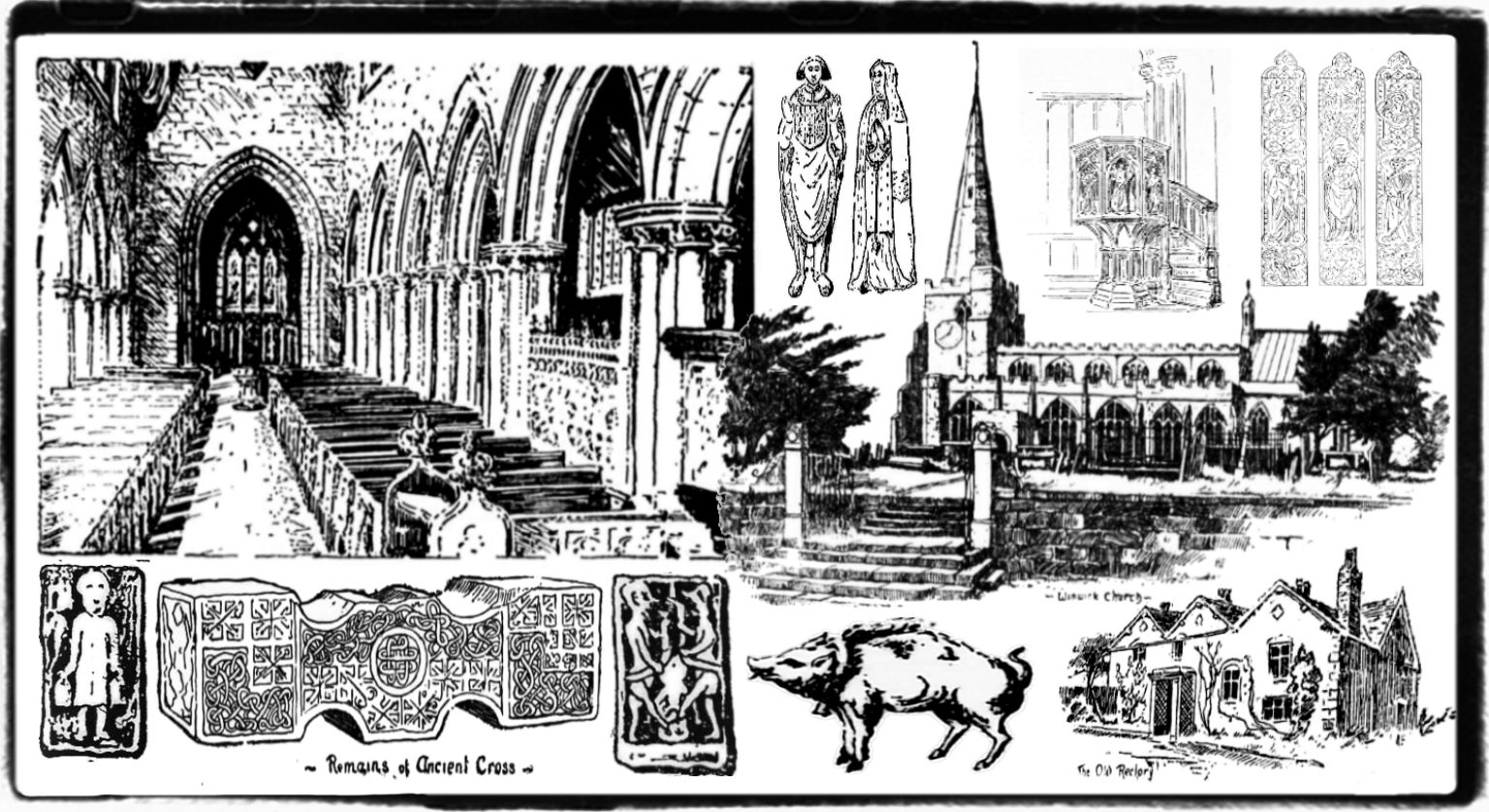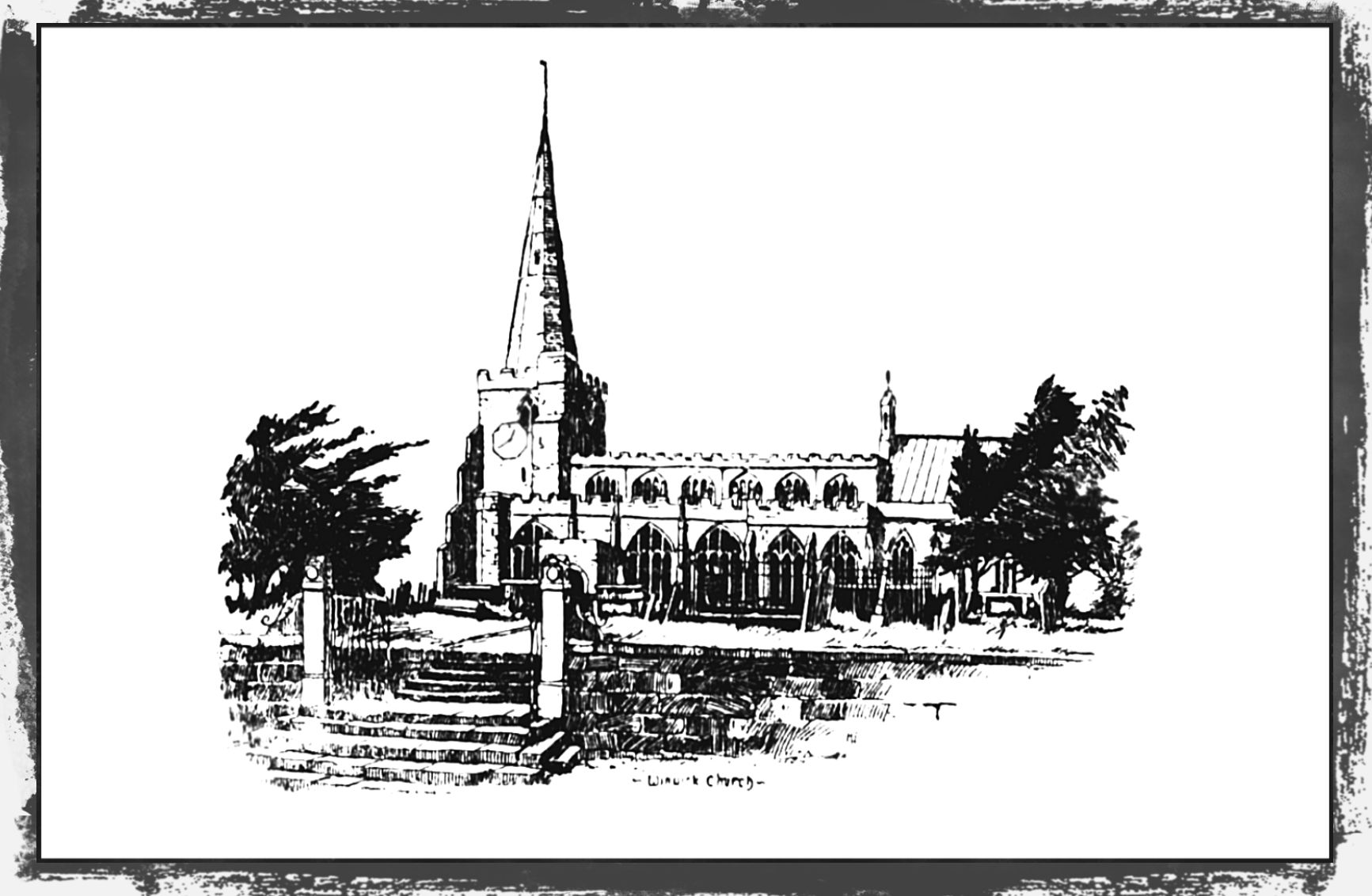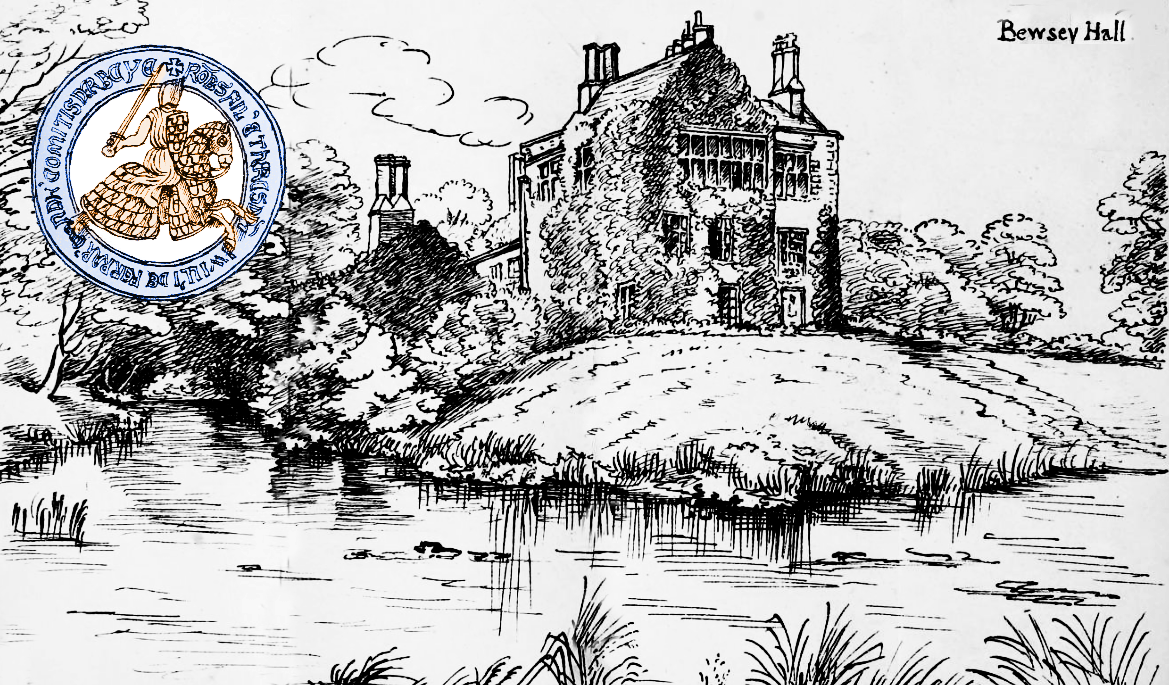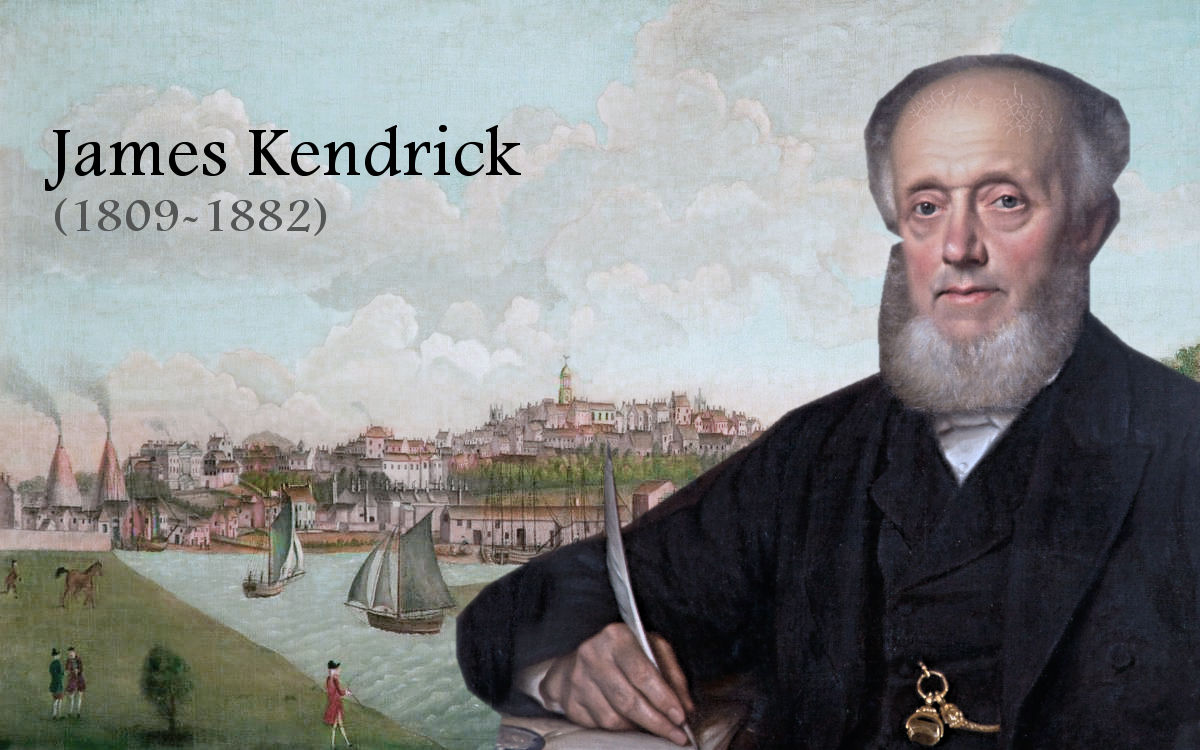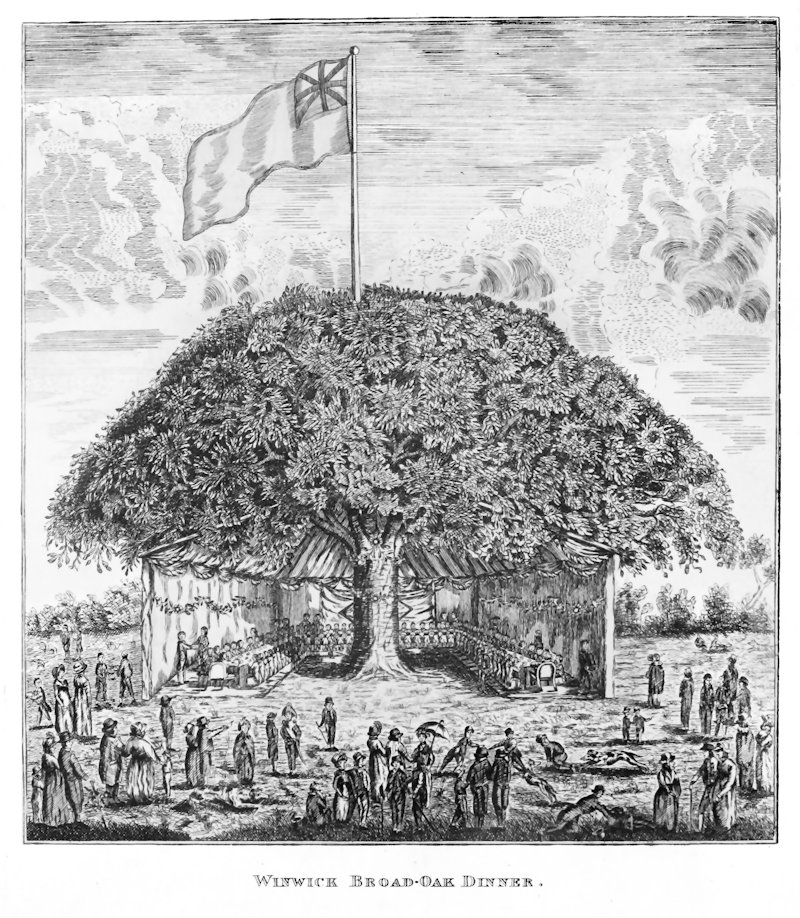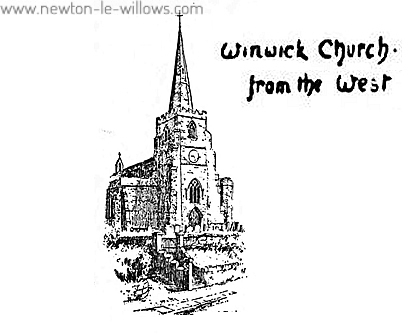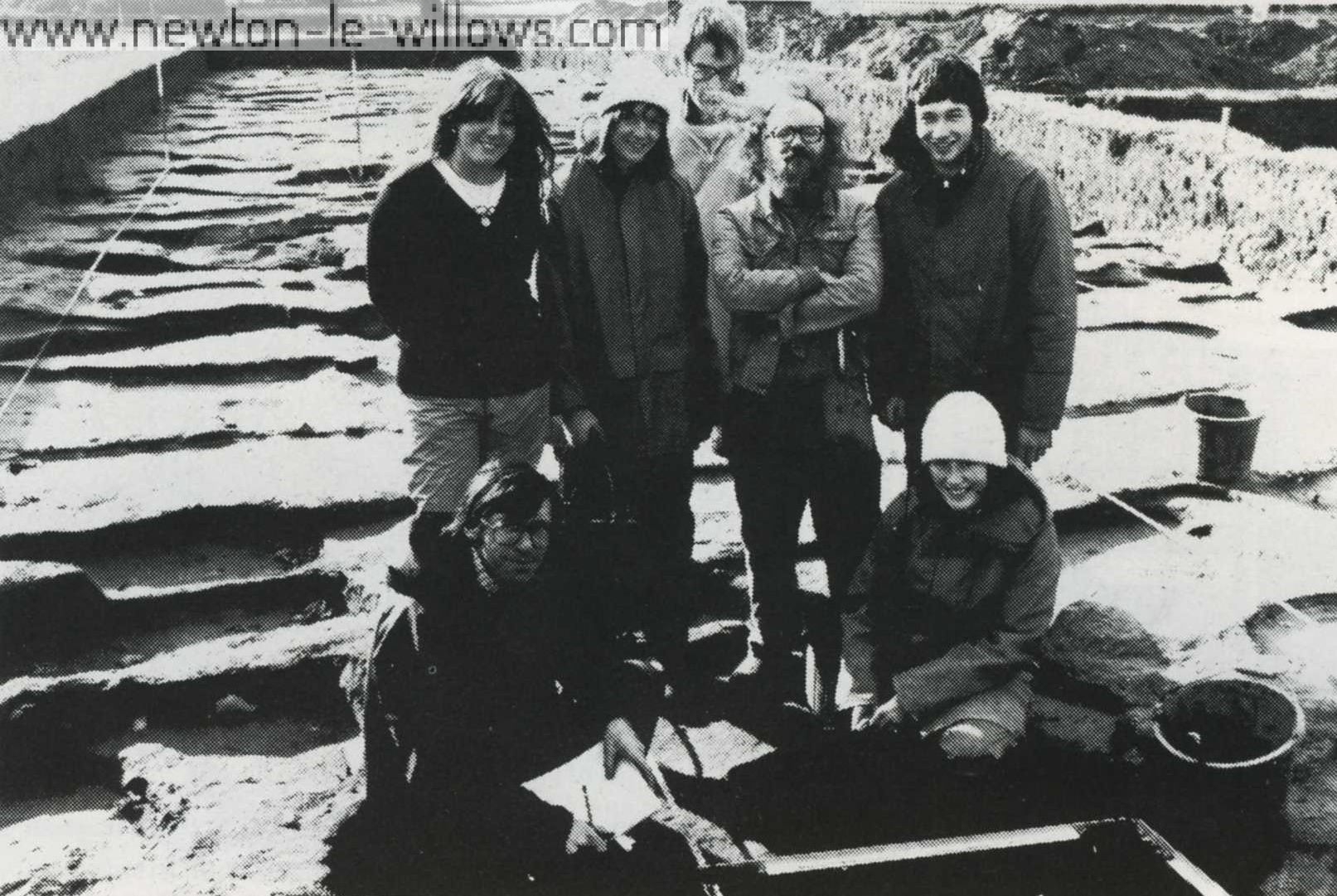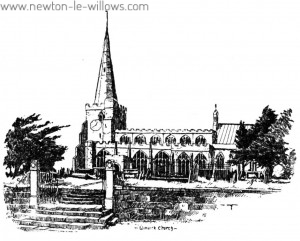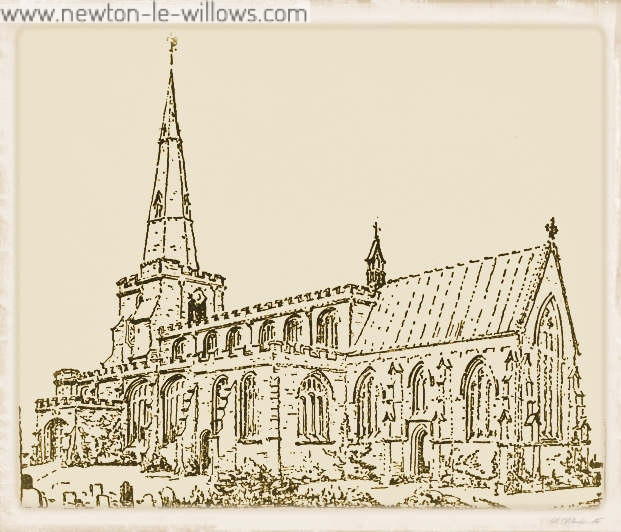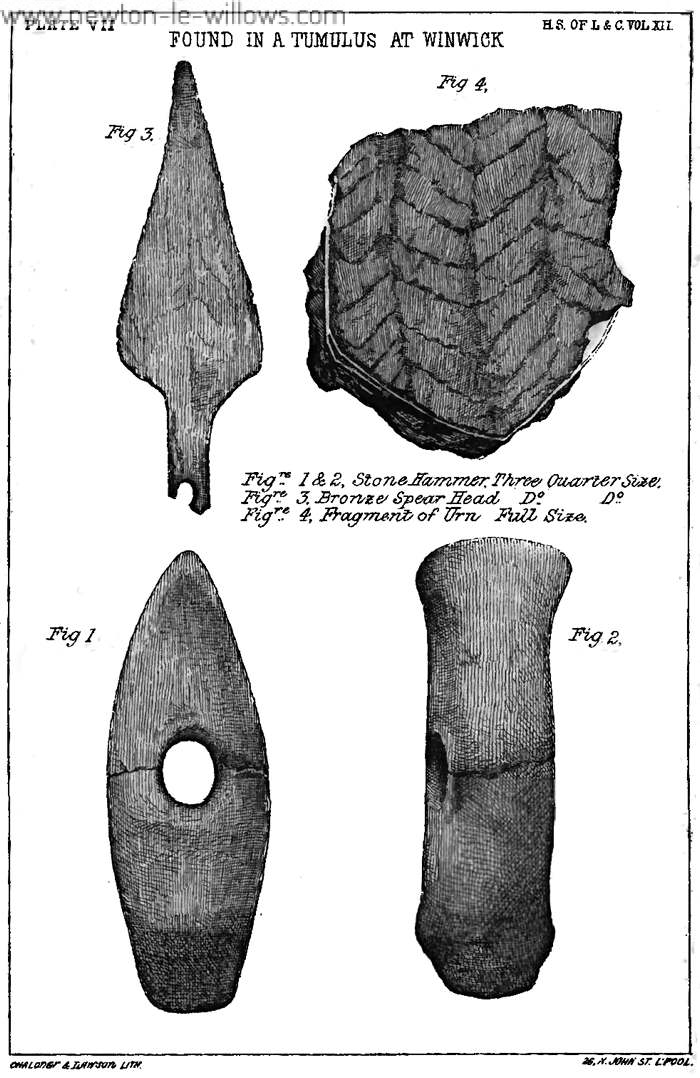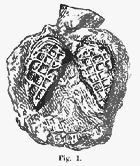Underhanded Dealings in the Construction of the Sankey Canal: A Study of Henry Berry’s Secrecy The Sankey Canal, often recognized as the first true canal of the Industrial Revolution in England, marks a pivotal shift in the country’s transport and industrial infrastructure. Under the direction of Henry Berry, its construction not only facilitated the efficient movement of coal but also set precedents in engineering and legislative interaction. This expanded essay which is built upon T.C Barker’s 1948 thesis, explores the detailed construction timeline, legislative framework, and broader impacts of the…
Read More >>Category: Winwick
WINWICK SCHOOLS BEFORE 1870
Written by PHILIP ANDREWS, B.A. Read 20 February 1969 to the Historic Society of Lancashire and Cheshire The only school in the village of Winwick today is the church of England primary school whose history, like so many others of its type, goes back about a century. The creation of this school marked the beginning of modern education for Winwick people and the end of the scope of this article, which seeks to tell the history of education in the village before 1872. This was haphazard, but surprisingly diverse for…
Read More >>1800 Highway Robbery, Winwick, Red Bank Mill
GENERAL POST OFFICE Wednesday, November 12, 1800. The post-Boy carrying the Mail on Horseback from WARRINGTON to WIGAN was stopt about Half-past Two o’Clock in the Morning of Sunday 9th inst.. between Winwick and RED Bank MIll, by a Man on Foot, who after a struggle with the Rider pulled him off his Horse which the Robber mounted, and rode away with the Mail, containing the following bags of letters, viz. The Bag from London of Friday, the 7th instant, for Wigan, The Bags from Liverpool and Warrington, for WIGAN, CHORLEY,…
Read More >>PUGIN AND THE RE-BUILDING OF WINWICK CHANCEL
By the Rev. W. A. Wickham: 28th November 1907 Perhaps no man set so deep a mark, directly and indirectly, upon the English church architecture of the nineteenth century as Augustus Welby Northmore Pugin, of whom Dean Stanley spoke as “that splendid, if eccentric, genius, who gave himself, though not with undivided love, to the service of another Communion” (qu. Scott, Recollections, p. 390). Ruskin, indeed, sneered at Pugin’s genius, and spoke of him (Stones of Venice, Append. 12; qu. Ferrey, Recollections, p. 164) as “one of the smallest possible…
Read More >>The parish of Winwick
The ancient parish of Winwick lies between Sankey Brook on the south-west and Glazebrook and a tributary on the north and east, the distance between these brooks being 4½ or 5 miles. The extreme length of the parish is nearly 10 miles, and its area 26, 502 acres. The highest ground is on the extreme north-west border, about 350 ft.; most of the surface is above the 100 ft. level, but slopes down on three sides to the boundaries, 25 ft. being reached in Hulme in the south. The geological…
Read More >>Annals of the Lords of Warrington
The following chronological list is derived from the 1873 book titled “Annals of the Lords of Warrington,” a historical account that delves into the centuries following the Norman Conquest of England. This compilation provides a detailed exploration of significant events, land transactions, and the involvement of notable families in the regions surrounding Warrington, including Newton-in-Makerfield, Burtonwood, Haydock, Parr, Winwick, Bradley Park, Bewsey, Culcheth, Great Sankey, and Lower Sankey. These records shed light on the development of these localities from the 11th century onwards, highlighting their strategic importance, social structures, and…
Read More >>THE EARLY HISTORY OF WARRINGTON
CONTRIBUTIONS TO THE EARLY HISTORY OF WARRINGTON. by Dr James Kendrick. Transcribed from the newspaper: Manchester Courier Published: Serialised Weekly from 8th Jan 1842 through to the 11 June 1842 The author of the following “Contributions” has few preliminary remarks to offer. He has been urged to their publication by many of his friends, who felt an interest in them when brought forward, a short while since, in the form of lectures. Wanting both leisure and inclination to compile distinct volume on the subject, he has selected a periodical of…
Read More >>1811: WINWICK BROAD OAK, BATTLE OF LISSA
The above illustration, which is reproduced from an old print kindly lent to us by Miss Calvert of Warrington, represents a memorable event in the history of the quaint village of Winwick, which occurred on August 26, 1811. Beneath the branches of the giant tree—the Winwick Broad Oak—a public dinner was held in honor of Captain, later Admiral, Sir Phipps Hornby, who had just returned to his native village after distinguishing himself in a decisive engagement with the French fleet in the Adriatic. At the present time, when the whole…
Read More >>Winwick : It’s History and Antiquities
By WILLIAM BEAMONT. Second Edition, 1878 Time, that great clock which requires no winding up, and possesses what so many dreamers have sought for and sought in vain—the secret of perpetual motion—has also, like other clocks, from time to time, but at longer intervals, its striking times which summon attention and invite us to pause and look back, promising in return something which from the past shall teach the present how to improve the future, and instruct while it amuses us. CONTENTS. Part 1. Etymology of Winwick. Part 2. Oswald,…
Read More >>Southworth Burial Mound
I recently purchased a number of the Burtonwood Brewery in-house ‘Top Hat’ magazines from the 1980s, in one of them was this article concerning the excavation of the Southworth Burial Mound which is between Winwick and Lowton. Digging into the roots of history Remnants of a long-lost civilisation have been unearthed from plough-blade depth on open farmland, close to a huge man-made crater which will eventually accommodate colliery waste. And to mark the sensational discovery, being hailed as the North’s most important prehistoric find of the last decade, the archaeology…
Read More >>ST, Oswald’s, Winwick.
There is no beginning to the istory of Winwick. It goes beyond the Fourteenth Century to the earliest days of the English, to a time “when a King of Mercia was resisting evangelisation with free slaughter; and then, when we seem to have come to the birth of the ancient Saxon village, we see it again in a remoter vista, shining magically in the opal light of legend. The learned Usher thought that Winwick was Caer Gwentquic, one of the twenty cities collected by the monk Gildas out of Nennius;…
Read More >>St Oswald’s, Winwick Church
A FOREWORD It is with much pleasure that I commend this brief sketch of Winwick Church. To those who, like myself, have had the privilege of loving and living in Winwick, this beautiful Church stands on a little hill apart, not actually only, but ideally, for it possesses the atmosphere that comes from a long succession of devoted men and women whose worship and service have here been concentrated—the atmosphere that only comes where holy things have been loved and tended for many a day. In Mr. Pearce’s sympathetic outline…
Read More >>Sites of Interest East of Newton
Sites of Interest to The East on Newton-le-Willows Site number 01 Site name Winwick to Golborne Line NGR SJ 5948 9484 to SJ 5977 9535 Site type Railway Period Post-medieval HER number MHER SJ 5994/16 Designation Sources GMAC 1995; Wardell Armstrong 2001; Ordnance Survey 1893c Description The railway was bnilt in the late nineteenth century to connect the Liverpool and Manchester railway line (Site 02) with the Warrington to Preston route. It first appears on the 1893 Ordnance Survey maps and thereafter on all subsequent Ordnance Survey…
Read More >>Tumuli at Winwick, 1860
The earlier survey gives the more correct representation of the place, as there have certainly been at least two barrows, one in the field on the east, the other in that on the west side of the lane. The latter, which we shall first describe, is on a farm called " the Highfields," the ground sloping considerably from the north. The tumulus is about six feet above the level of the lane, and the ground to the west is uneven, forming a sort of bank, while the fence on the…
Read More >>The Fee of Makerfield
THE FEE OF MAKERFIELD ; WITH AN ACCOUNT OF SOME OF ITS LORDS, THE BARONS OF NEWTON. By William Beamont, Esq. (READ FEBRUARY 22ND, 1872.) ENGLISH historians have joined chorus in ascribing to our immortal Alfred the institution of hundreds and townships into which the country is now divided. Certain it is that when he resumed the throne after his temporary retirement, and found, owing to Danish misrule, the ancient police of the country in ruin, he first set himself to readjust and settle upon their present basis the…
Read More >>